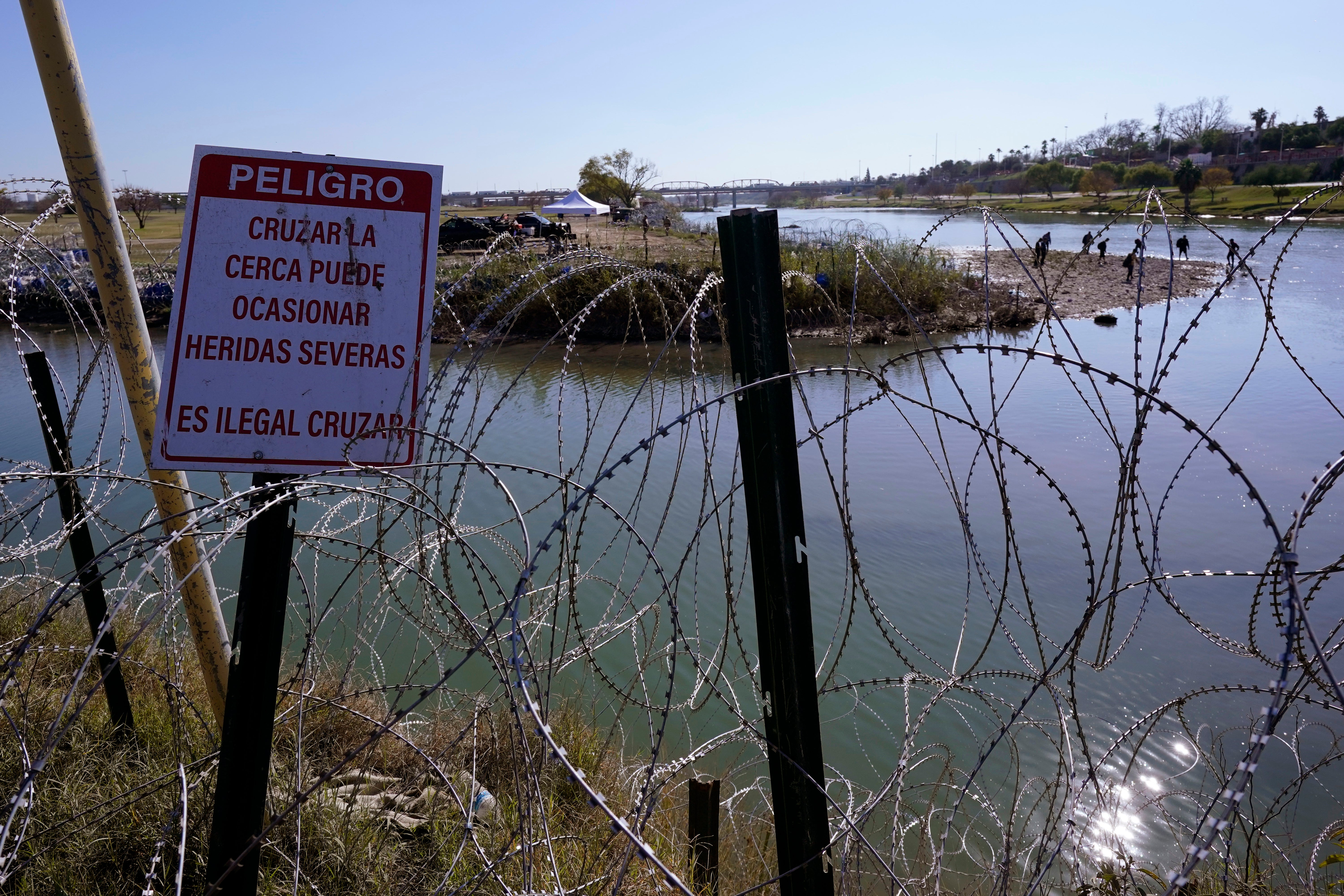Supreme Court lets Border Patrol take down razor wire placed by Texas at US-Mexico border
The order allows the US Border Patrol to resume dismantling obstacles erected by Texas authorities along the US-Mexico border

A divided US Supreme Court has issued an order that will allow the US Border Patrol to resume removal of razor wire and other barriers which Texas state authorities erected to prevent migrants from entering the United States while a lawsuit between the Department of Homeland Security and the Lone Star State continues before lower courts.
The one-page order, which was approved by Chief Justice John Roberts and Associate Justices Amy Coney Barrett, Sonya Sotomayor, Elena Kagan and Ketanji Brown Jackson, lifts an injunction imposed by the US Court of Appeals for the Fifth Circuit, which barred federal authorities from removing the dangerous obstacles.
It also states that Justices Clarence Thomas, Samuel Alito, Neil Gorsuch and Brett Kavanaugh would have denied the federal government’s request to lift the Fifth Circuit order, which was imposed as part of a lawsuit brought by the Department of Homeland Security over Texas Governor Greg Abbott’s policy of having state law enforcement and national guard personnel under his command erect various obstacles to prevent migrants from crossing into American territory to be met and processed by US Border Patrol officers.
The 5-4 court ruling Is a major victory for the Biden administration, which has argued that Mr Abbott’s use of physical barriers along the US-Mexico border is an unlawful usurpation of federal authority to enforce immigration laws, and in one instance of Mr Abbott’s use of floating barriers along the Rio Grande river, violated a centuries-old treaty between the US and Mexico.
Subscribe to Independent Premium to bookmark this article
Want to bookmark your favourite articles and stories to read or reference later? Start your Independent Premium subscription today.

Join our commenting forum
Join thought-provoking conversations, follow other Independent readers and see their replies